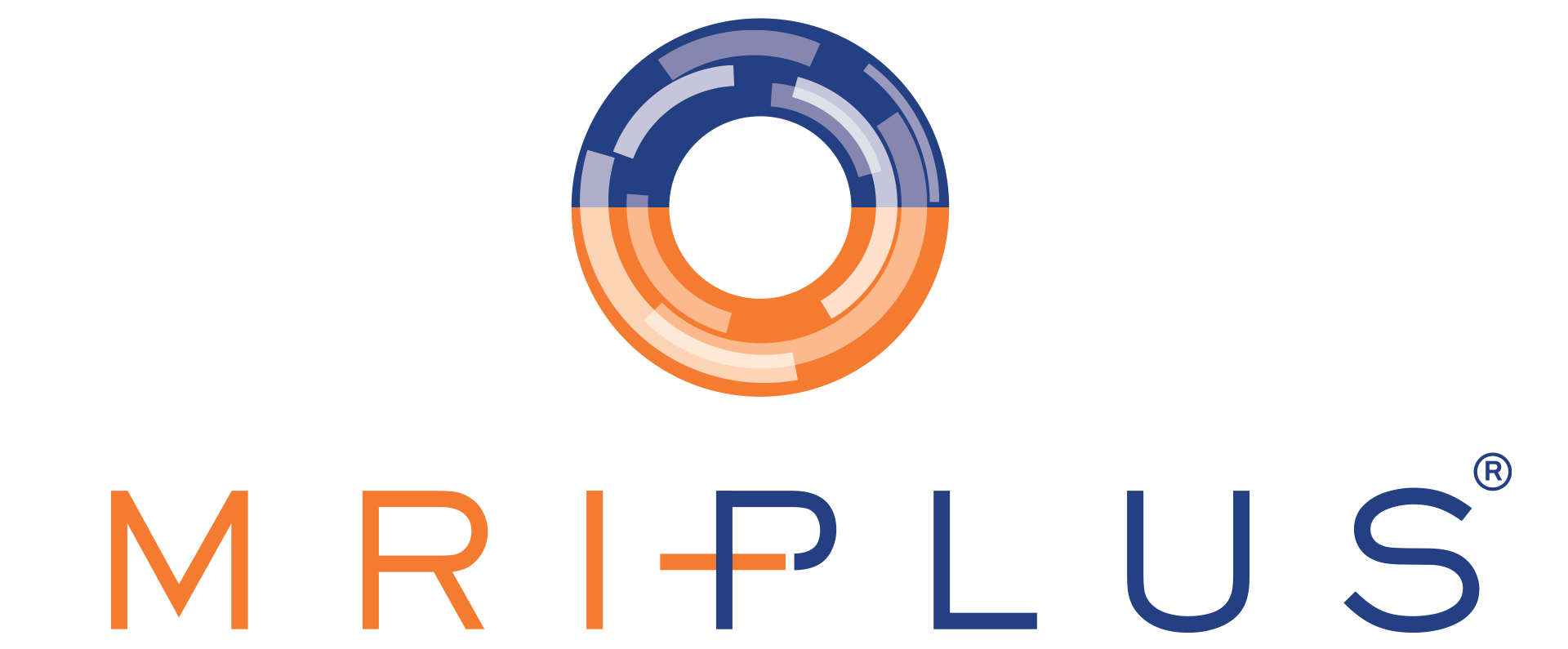What Is A DEXA Scan? Its Purpose, Procedure, And Results
November 10, 2022
What Is A DEXA Scan? Its Purpose, Procedure, And Results
First approved by the Food and Drug Administration in the USA in 1988, DEXA, which stands for Dual Energy Xray Absorptiometry, is a procedure that is also termed as bone densitometry. It remains to be the gold standard for measuring bone mineral density A bone density scan DEXA provides a quick, inexpensive, and less harmful way of examining conditions involving bone loss. Moreover, scan examination procedures and ways of interpreting results are well-established, thereby immensely promoting correct diagnosis and, in effect, more suitable treatments.
What Is Bone Density Scan?
Also referred to as a Bone Mineral Density Test, a bone density scan uses low doses of x-rays, some of which are absorbed by the bones and soft tissues. These, together with the radiation that merely passes through the body, are captured in the scan.
In the UK, the NHS generally recommends the following indications for DEXA scan:
- For women and men over 50 with a risk of developing osteoporosis
- For women and men under 50 who have risk factors, including smoking and a history of fracture
DEXA scan for osteoporosis will also be likely recommended for patients who have long-term use of certain drugs, such as steroids. Some drugs may adversely affect bone formation. Other conditions that may prompt a physician to order a DEXA are the onset of menopause and other conditions that may cause hormone levels to drop.
What Can A DEXA Scan Show?
Can DEXA scan show fractures? The images produced by a DEXA scan measure bone density and risk of fracture. Although bone density scan may test for osteoporosis, it may not be able to reveal bone fractures, and Infections or other diseases affecting the bones.
DEXA has a better capability of scanning and showing the slightest decrease in bone mass compared to ordinary x-ray scans. Moreover, the DEXA scan for bone density has been validated time and again to produce the most reliable results that are consistent with the WHO recommended treatment guidelines considering patient’s risks of bone fracture and bone loss.
The scan typically involves measuring the volume of calcium and other minerals, other than just deriving a patient’s bone density value. To interpret the results, the attending Doctor compares the values gathered with the normal values expected from a person of the same age and with similar demographics, including ethnicity, as the patient undergoing the scan.
How Is The DEXA Procedure Undertaken?
When undergoing a DEXA scan, expect the procedure to be non-invasive, not involve any particular pre-procedure preparations, and does not entail any downtime. That means, it is a painless procedure and the patient can come into the clinic at the date and time of his appointment and expect to go about his normal routine right after.
Your doctor and radiographer will be able to provide all the necessary information necessary to make sure that the patient is safe and well-prepared to undertake the procedure.
If you think you require a bone density scan, look for bone density scan near me or schedule a visit with your doctor to receive a proper examination and recommendation.
Find out How much does DEXA scan cost?
DEXA scan cost depends on the rate of the diagnostic clinic where you will be receiving the scan, and your private medical insurance cover. So, make sure to check in with your medical insurance provider first to check the best facilities near you that can provide this service at the best price.
PAA:
Who needs a DEXA scan?

DEXA scan in the UK is generally recommended for all women and men above the age of 50. Other than improving the diagnosis of osteoporosis, bone density test and knee replacement also go hand-in-hand.
Can a DEXA show arthritis?
No, a DEXA scan will not be able to help in diagnosing arthritis. An MRI scan will be able to provide the images necessary to make a positive diagnosis for arthritis. Although, people who have been diagnosed with arthritis, most especially those who have been taking arthritis medications, should discuss about getting a DEXA scan with their physicians. Arthritis medications can increase a person’s risk of bone loss.
What is a DEXA scan used for?
A bone DEXA scan is a diagnostic procedure used to evaluate a patient’s risk for developing osteoporosis and developing brittle bones and fractures. The diagnosis can be used to help prevent future bone loss or to slow done the process and provide better protection against fractures associated with osteoporosis and other abnormal bone conditions.
References:
Krugh M and Langaker, M. (2020). Dual Energy Xray Absorptiometry (DEXA). Statpearls. 24 Apr 2020. Link:
https://www.ncbi.nlm.nih.gov/books/NBK519042/
Access Date: 22 Jun 2020
Blake G and Fogelman I. (2007). The role of DXA bone density scans in the diagnosis and treatment of osteoporosis. Postgrad Med J. 2007 Aug; 83(982): 509-517. DOI:
10.1136/pgmj.2007.057505
Link:
https://www.ncbi.nlm.nih.gov/pmc/articles/PMC2600106/ Access Date: 22 Jun 2020
https://www.ncbi.nlm.nih.gov/pmc/articles/PMC2600106/ Access Date: 22 Jun 2020
National Health Service. DEXA scan. Link:
https://111.wales.nhs.uk/encyclopaedia/d/article/dexascan
Access Date: 22 Jun 2020









